I have been doing a graph and the x and y axis are very ugly. The numbers of each overall, and I was wondering how I could fix this so that maybe instead of every single x and y value available it would only show every couple so that it would look nice.

This is my code:
billboard.data<- read.csv("https://raw.githubusercontent.com/hadley/tidy-data/master/data/billboard.csv") %>%
select(date.entered, date.peaked) %>%
filter(date.entered<"2000-10-01")
ggplot(data=billboard.data, aes(x=date.entered, y=date.peaked, group=1)) +
geom_line()+
geom_point()+
labs (title = "The Time Between A Song Entering and Peaking",
subtitle = "Is there A High Chance A Song Can Peak Higher After Debuting?",
x = "Date Entered",
y = "Date Peaked")+
Sorry I also don't know how to put that into the code format, but I hope everything makes sense and I am really looking for a simple answer. Asked prof for help and he said that it should be easy to figure out online and I am struggling.